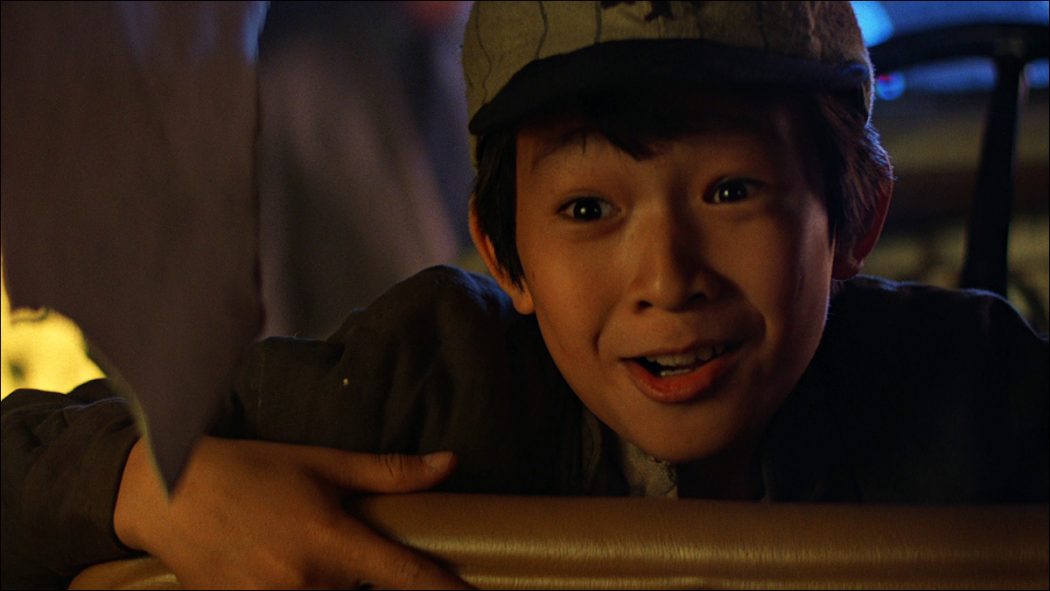Forget the reputation. John Williams’ follow-up to Raiders has an extra heart to spare
One might be hard-pressed to describe Indiana Jones and the Temple of Doom without mentioning how “dark” the movie is. The Sequel Responsible for PG-13 actually takes place before 1981’s Raiders of the Lost Ark, where Indiana Jones (Harrison Ford) tracks the disappearance of an Indian village’s children to the shadowy dealings of an evil Kali cult. Joining the ass-kicking archaeologist are lounge singer Willie Scott (Kate Capshaw) and Jones’ prepubescent sidekick Short Round (Ke Huy Quan), who bear witness to no shortage of ritual sacrifice, organ removal and child slavery.
Ostensibly, this is a far cry from the serials that first inspired director Steven Spielberg and producer-screenwriter George Lucas. But Temple of Doom is still an Indiana Jones movie, which John Williams is primed to remind us of with his classic “Raiders March.” When Indy glugs down an antidote in the back of a Shanghai cab, Williams teases it. A fuller treatment plays as Indy, Willie and Short Round escape China via cargo plane. When Indy gets hold of his trademark whip? “Raiders March.” Punching out goons? “Raiders March.” When he snaps out of a Thuggee trance? You get the idea.
Temple of Doom‘s story material may sound like “Indiana Jones Goes to Hell,” but the music preserves the story’s humanity with mettle and vigor. Williams would also introduce a new key theme. Short Round’s motive — which mistakenly gets overlooked “Slave Children’s Crusade” by some enthusiasts — is a sassy flourish of a melody, inspired by the pentatonic scales so prevalent in Eastern musical styles. Like the “Raiders March,” it’s an exclamation point for Short Round’s own heroics. Williams highlights the value of a young character in his score, parrying the implied disdain of a family movie featuring child labor.
Its greatest value though is in its unity with that Indiana Jones tune we already know. “Saving Willie” and “Short Round Helps” link Short Round’s music with that of his mentor and all while playing under brave moments for Quan’s character. Understandably, the combination could ring a little too “east meets west”; as an homage to old-fashioned tropes though, it’s right on target. Williams forms a musical tag-team that echoes the times when Indy’s protegé gets the last laugh.
When revisited in the context of the series, the “dark” Indiana Jones and the Temple of Doom has much more in common with its predecessor than the two films that follow. For one thing, it shares DNA with Raiders, serving as a home for scrapped segments like the river raft sequence and the mine cart chase. And let’s not forget that Raiders ends with men’s faces melting off their bones as heads literally explode onscreen. For all of its gore, that final sequence finds Williams merely doing his job and by the man’s own admission, that job is complicated.
- UW Cinematheque presents Indiana Jones and the Temple of Doom on Sun, Mar 12 at 2:00p in the Chazen Art Museum. Admission is FREE and open to the public.

